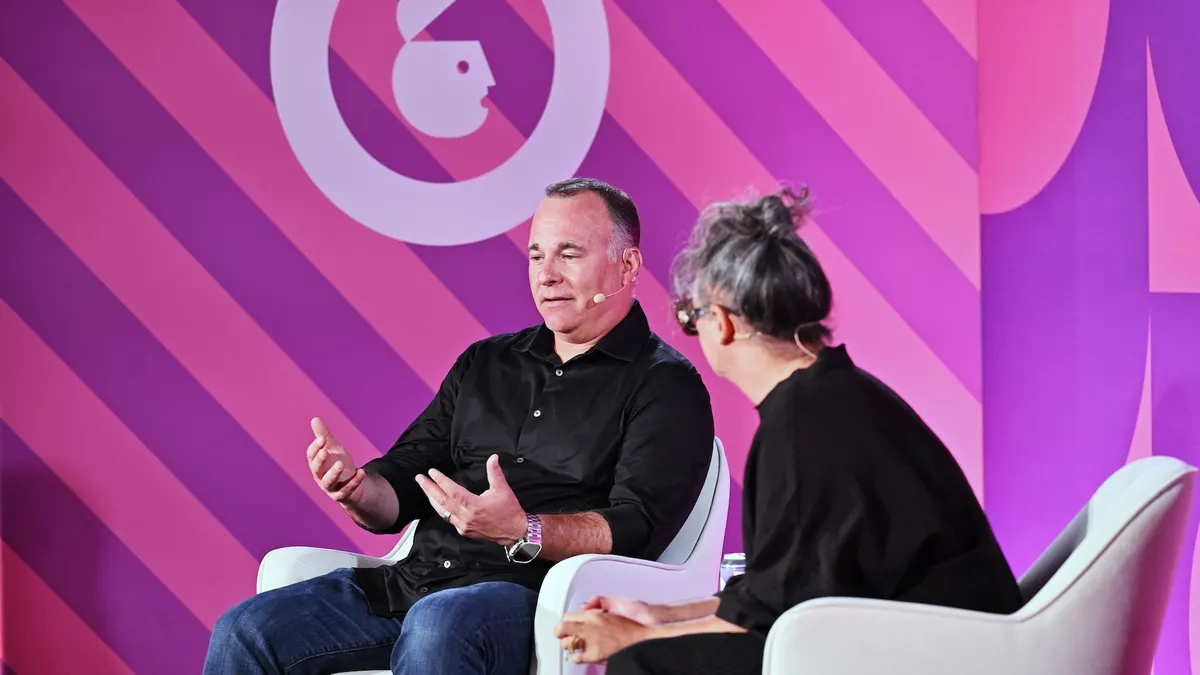Dive Brief:
- Amazon has been suspending more ads on its platform for products that don't make money, CNBC reported, citing information provided by Amazon wholesale vendors and industry experts.
- By more aggressively enforcing its policies banning low-margin products from advertising on the platform and pressuring brands to lower their prices if they want to advertise, Amazon is seeking to beef up its profits at a time when it is under pressure from investors to show it is profitable.
- Amazon reportedly calls the products "CRaP," which stands for "Can't Realize a Profit," and the products typically sell for less than $25 and up to $2,000. They are often bulky and expensive to store and ship. Third-party merchants, making up more than half of products sold on Amazon, are not impacted.
Dive Insight:
Removing ads for unprofitable products could infringe on Amazon's ad business, which is one of the company's biggest sources of revenue and an area it is focused on growing. The aggressive stance on who can and cannot advertise could also present a conflict of interest for Amazon, since the company uses ads to drive sales on its own site and isn't an open auction dictated by market changes like Google and Facebook, analysts told CNBC. Such practices could catch the attention of regulators, especially as U.S. and European governments have been cracking down on tech companies of late. This week, EU regulators levied their third fine against Google for anticompetitive ad practices.
The news is the latest indication that the platform is trying to take more control over the products on its site and Amazon may see this any potential risks to the strategy as a necessary evil as it strives to be more profitable. The company temporarily paused purchase orders for thousands of vendors earlier this month. With the reinstatement of purchase orders, Amazon indicated it would only only offer automatic purchase-order fulfillment to those enrolled in Brand Registry, an apparent move to weed out those selling products without authorization.
As Amazon continues to adjust its policies and enforcement approach, vendors report frustration over the frequent changes that often come without warning, per CNBC.
Amazon's ad business more than doubled to $10.1 billion, and it is projected to grow more than 50% this year, as its share of the digital ad market is expected to reach 8.8% this year and 10% next year, according to eMarketer. Among brands that sell on Amazon, 57% advertise on the site and nearly half spend more than $40,000 per month on the site, according to Feedvisor research. Brands find value in their Amazon investments and advertise on the site to attract new customers, drive brand awareness, generate leads and drive sales.
Consumers find Amazon ads to be helpful. Nearly three-quarters of online shoppers have clicked on Amazon product ads while browsing the web, and 83% purchased the product, according to a separate Feedvisor report. When browsing Amazon, 76% of daily Amazon shoppers have clicked on a product ad. Amazon orders that were generated by ads jumped 54% in 2018, according to Quartile.












